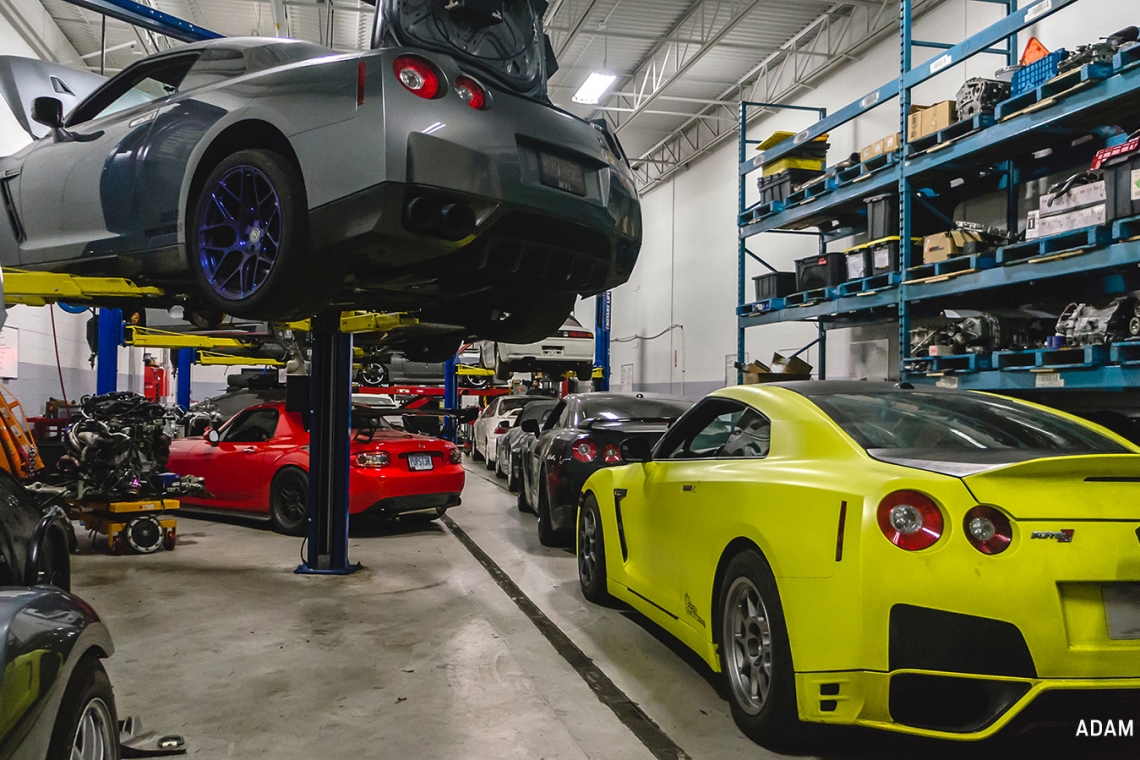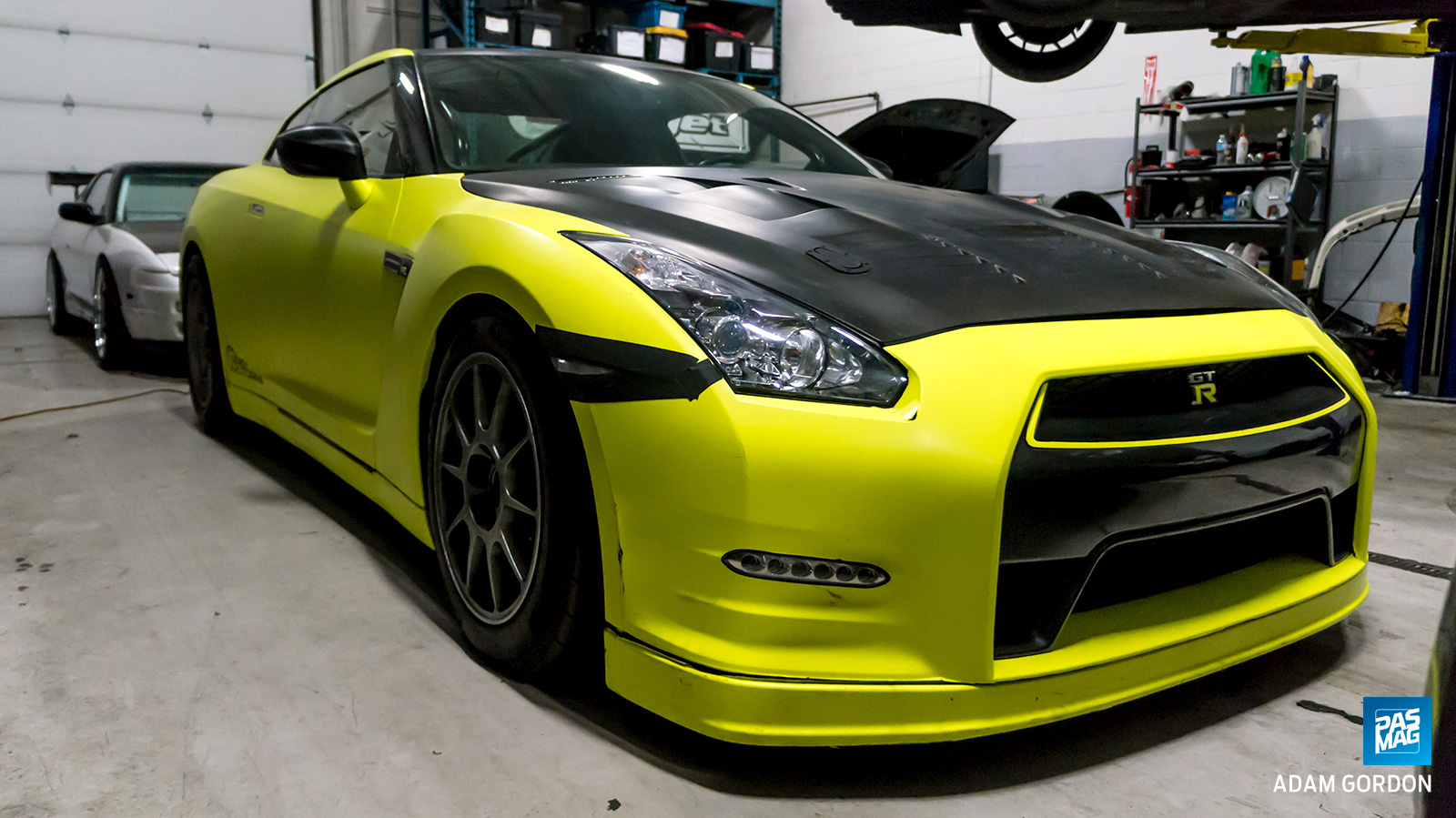The Canadian home of 1,000-plus-horsepower GT-Rs.
Nissan’s GT-R, more specifically the R35 variant, has earned itself a bit of a “kingslayer” reputation in the decade since its debut. Regarded as a supercar killer and dubbed with the Godzilla moniker, the Japanese grand touring racer has been on the front lines of the horsepower wars, and those wars are still raging. As engineering prowess and aftermarket support continues to improve, the benchmark for high horsepower continues to rise.
Nissan’s GT-R, more specifically the R35 variant, has earned itself a bit of a “kingslayer” reputation in the decade since its debut. Regarded as a supercar killer and dubbed with the Godzilla moniker, the Japanese grand touring racer has been on the front lines of the horsepower wars, and those wars are still raging. As engineering prowess and aftermarket support continues to improve, the benchmark for high horsepower continues to rise.
Where 1,000 horsepower was jaw-dropping stuff just a few years ago, these days, 1,000 horsepower seems to be the minimum a GT-R owner would aim for. As you might expect, achieving those power numbers takes a little more than just bolting on the biggest turbos money can buy, especially if you want to keep things reliable. In Canada, there’s one man you need to go see if you’re looking for four-digit horsepower numbers. That man is Nathan Samuels of Apex Motoring.
Nate left Nissan to start his own motorsports work after a few years of being an in-house GT-R tech, and while Apex Motoring does tackle many forms of race cars and street vehicles, the R35 GT-R is undeniably their bread and butter. Samuels has been putting together GT-Rs of all sorts of power levels, ranging anywhere from 600 all the way up to 2,000 wheel-horsepower. We had a sit down with Nate during an alignment appointment to see what it takes to build these machines.
Go to next page for interview.
Related Articles
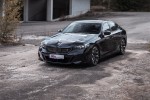 KW Releases V3s Compatible with BMW Air Suspension and EVs
KW Releases V3s Compatible with BMW Air Suspension and EVs
 What Should We Look For At SEMA 2025?
What Should We Look For At SEMA 2025?
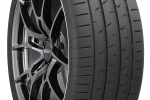 Toyo Tires Canada Introduces Toyo Proxes Sport 2 Max Performance Summer Tire
Toyo Tires Canada Introduces Toyo Proxes Sport 2 Max Performance Summer Tire
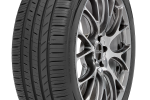 Toyo Tires New Proxes Sport A/S+ Ultra-High Performance All-Season Tire
Toyo Tires New Proxes Sport A/S+ Ultra-High Performance All-Season Tire
 A Proper Full-Time Daily - Thanongdeth Chanthavong's 1999 Nissan Skyline
A Proper Full-Time Daily - Thanongdeth Chanthavong's 1999 Nissan Skyline
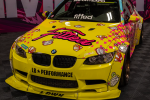 From Ordinary to Extraordinary: Jaiden Zheng's Liberty Walked E92 M3
From Ordinary to Extraordinary: Jaiden Zheng's Liberty Walked E92 M3


